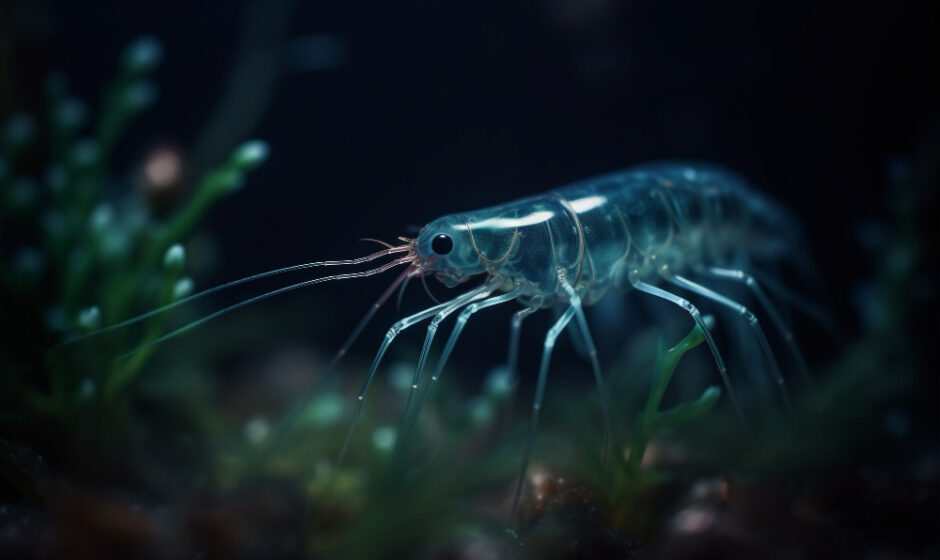In a strategic move to boost aquaculture and create a thriving hub for shrimp farming, the Union government of India is set to launch a ₹576 crore plan across four northern states. The initiative aims to utilize non-arable land in Uttar Pradesh, Rajasthan, Haryana, and Punjab for shrimp farming, catering to both domestic consumption and export markets. This plan comes as India solidifies its position as the second-largest aquaculture shrimp producer globally, reaching 900,000 tonnes in 2022, trailing only behind Ecuador.
Over the past year, officials and scientists from the Department of Fisheries and the Central Institute of Brackishwater Aquaculture have identified thousands of hectares of saline wasteland in 25 districts, where shrimp aquaculture could thrive. Surprisingly, the productivity of farmed crustaceans in Haryana matches the world average at approximately 6-7 tonnes per hectare, making it a potential major center for shrimp farming, breaking away from the traditional coastal dominance.
India’s shrimp farming sector has received support from international organizations such as the World Bank, Food and Agriculture Organization, and the Asian Development Bank. With both houses of Parliament passing the Coastal Aquaculture Authority (Amendment) Bill 2023, the Indian seafood sector anticipates accelerated growth.
Unlike traditional shrimp farming practices that are often associated with ecological concerns, the proposed hubs in northern states emphasize eco-friendly methods. Incorporating technologies like biofloc, the hubs will be developed exclusively on unproductive wasteland, mitigating environmental impacts.
Sagar Mehra, Joint Secretary in the Fisheries Department, highlighted the eco-friendly approach, stating, “The difference with the shrimp hubs in these states will be that they will be eco-friendly, using technologies such as biofloc and will come up only on unproductive wasteland.”
The initiative aims to generate 50,000 local jobs, ranging from direct employment to positions in ancillary warehousing and cold storages. A modern aqua park in Bhiwani, funded with ₹100 crore, will serve as a training center to further support the growth of the aquaculture sector.
To address environmental concerns associated with shrimp farming, the hubs in northern India will adopt biofloc technology developed by the Central Institute of Brackishwater Aquaculture. This innovative approach treats excreta and other wastes on-site, converting them into feed for the crustaceans, thus minimizing the environmental impact.
The Pradhan Mantri Mudra Yojana, with funding shared on a 60:40 basis between the Centre and states, aims to create aquaculture assets sufficient to generate 5.5 million livelihoods nationally by 2025. This micro-credit scheme will make funds available to new shrimp farmers, promoting sustainable growth in the sector.
The chosen districts for the project include Rohtak, Fatehabad, and Gurugram in Haryana; Mathura, Agra, and Hathras in Uttar Pradesh; Fazilka, Muktsar, and Mansa in Punjab; and Ganganagar and Churu in Rajasthan. Experts emphasize the importance of comprehensive support throughout the project, ensuring successful implementation and market linkages to secure export avenues and competitive prices. Agreements with the Marine Products Export Development Authority are expected to facilitate exports, further enhancing the success of this ambitious venture.

